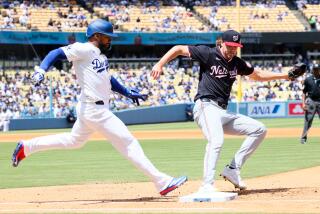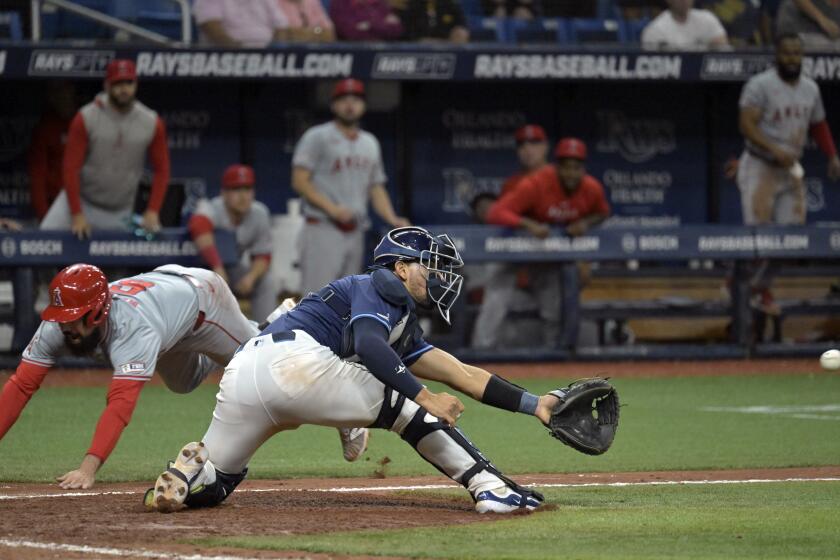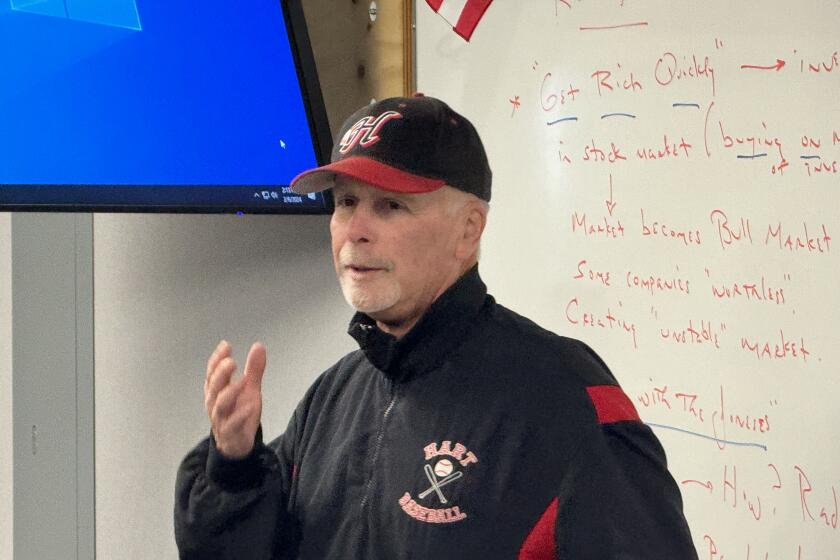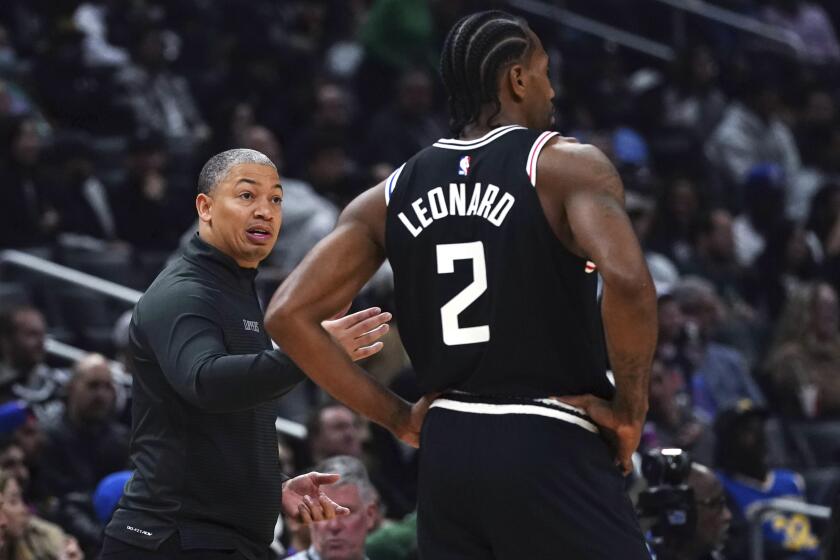NFL players say new helmet rule will be hard to enforce; neurologists agree, but say it’s still a good idea
The NFL’s newly tightened rule on hitting with the helmet has roiled locker rooms and helped to fuel an impasse between the Chicago Bears and their top draft pick, who didn’t want to be penalized financially for aggressive play.
Many players say the rule, intended to curb vicious, injury-producing blows, will be difficult to enforce. Concussion experts interviewed by the Tribune agreed — but said it’s worth doing anyway.
“A devastating hit can lead to emotional problems, cognitive thinking problems and physical problems,” said Dr. Larry Robbins, a Riverwoods neurologist who has pushed for state legislation to limit contact in high school and youth football. “Some people never recover from a hit like that.”
The standoff between the Bears and linebacker Roquan Smith focused in part on the team’s reluctance to guarantee that it wouldn’t hold back part of his pay if he were suspended for hitting with his helmet. The two sides reportedly ironed out their differences on the issue, though other matters are still keeping Smith out of camp.
The NFL has said that helmet blows deemed egregious and clearly avoidable will cause players to be ejected from the game. One example it highlighted from the 2017 season was Bears linebacker Danny Trevathan’s helmet-to-helmet shot on Packers receiver Davante Adams, a blast that sent Adams to the hospital and earned Trevathan a one-game suspension.
Robbins said a player coming in head first with a hard-shelled helmet is “like a bullet,” and that a single significant blow to the head can lead to problems that linger for years, or even decades — particularly for football players who take thousands of smaller impacts throughout their careers.
“With the momentum these guys (generate) at that level, this would create some of those devastating injures,” he said. “Obviously (the rule) is going to be difficult to officiate, but anything like this is a great idea.”
The general consensus among researchers is that a series of subconcussive blows, rather than a single massive head shot, is the major risk factor for chronic traumatic encephalopathy, or CTE, the dementia-like disease that has been found in more than 100 ex-NFL players.
But Dr. Julian Bailes, a CTE researcher who is chairman of the department of neurosurgery and co-director of NorthShore University HealthSystem’s Neurological Institute, said the danger of a big blow should not be underestimated.
“Anytime someone has a bad concussion or head injury, that can increase the future risk of brain degeneration, and even things like Parkinson’s disease,” said Bailes, who also serves on the NFL’s head, neck and spine committee, though he was not part of the discussions that produced the new rule.
“All these have to be taken seriously. We have an incomplete understanding of how it all works, but you have to have a default position. Let’s reduce the exposure to big and small hits as much as we can.”
While some players and coaches have wondered how the NFL will decide which head shots are worthy of a suspension — only three last season would have produced that result, the league has said — two Purdue University biomedical engineers say technology can help.
Eric Nauman and Tom Tavalage have used helmet sensors to track the number and severity of head blows received by players on a high school team. They said the sensors can gauge the moment a player lowers his head — a reading that could help referees who must decide a call or league officials who are pondering a suspension.
More importantly, they said, the technology could help coaches eliminate such dangerous play during practices — especially when it involves players who often escape notice.
“Nobody ever calls a penalty on the lineman for using his head,” Nauman said. “We would try to use some kind of sensor to try to coach those hits out of the game. That kind of technology would help.”
Twitter @JohnKeilman
More to Read
Get our high school sports newsletter
Prep Rally is devoted to the SoCal high school sports experience, bringing you scores, stories and a behind-the-scenes look at what makes prep sports so popular.
You may occasionally receive promotional content from the Los Angeles Times.






